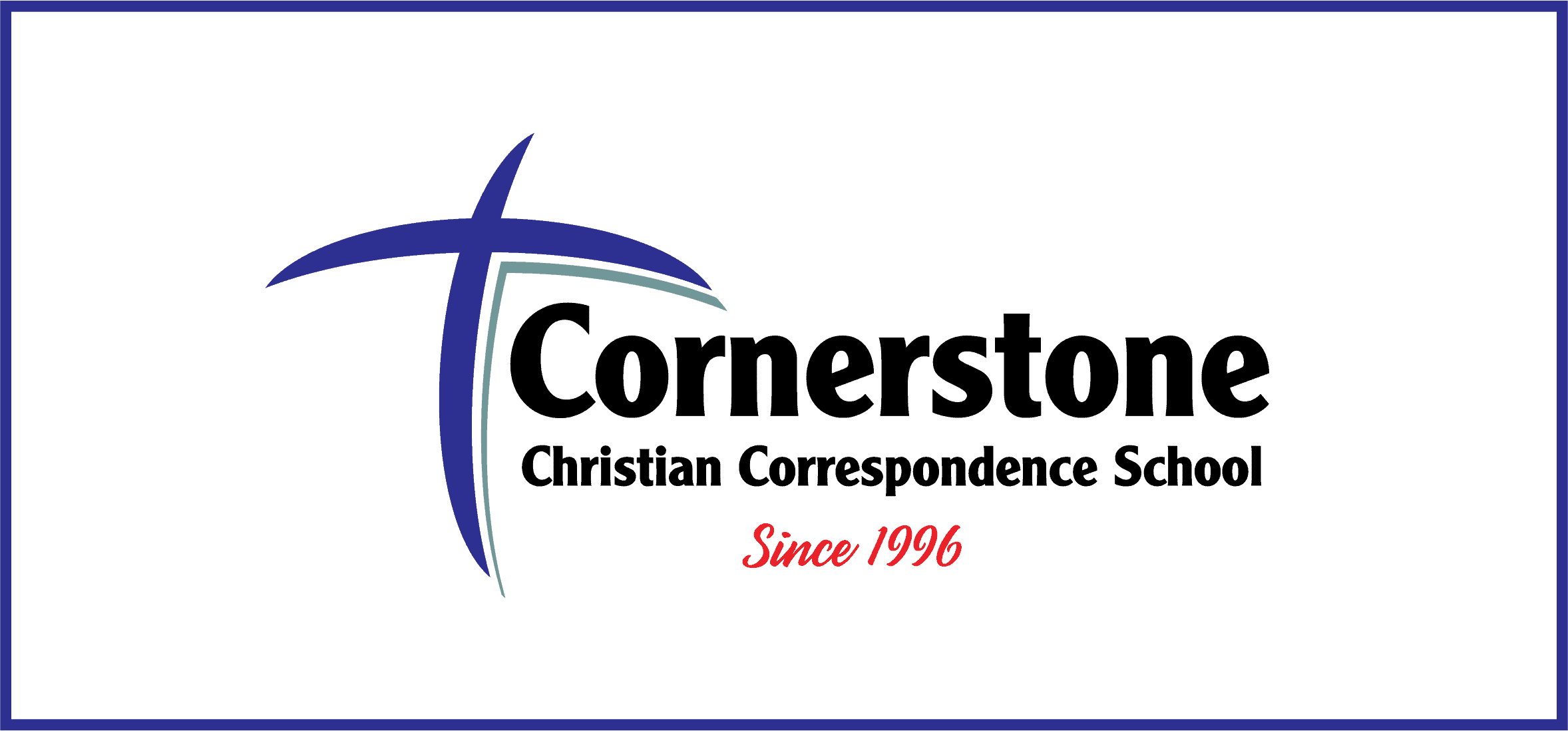Embrace the Flexibility: The Ultimate Guide to Correspondence Schooling for Your Child
Hello parents! Are you considering schooling by correspondence as an option for your child’s education? Well, you’re not alone! With the ever-evolving educational landscape, more families are looking for flexible and personalized options for their children’s learning journey. Whether your child is a rising star in sports, a budding artist needing more time to hone their crafts, or simply someone who thrives in a less traditional setting, correspondence schools offer a unique avenue to educational success.
Understanding Schooling By Correspondence
Schooling by correspondence, often referred to as distance learning, is an educational method where students can study remotely without being physically present in a traditional classroom setting. This style of learning is designed to provide a structured yet adaptable education model that caters to the individual needs of each student. But, before you leap into this option, let’s dig into the details you need to know as a parent embarking on this exciting and sometimes daunting journey!
Is Correspondence Schooling Right For Your Child?
The decision to switch to correspondence schooling is a significant one and involves careful consideration of your child’s learning style, needs, and goals. To help you decide, ponder the following questions:
- Does your child require a more flexible schedule due to activities, health issues, or family commitments?
- Are they looking for a curriculum that is more tailored to their pace and interests?
- Is your child self-driven and ready to take on the responsibility that comes with distance learning?
- Do you, as a parent, have the time and capacity to support your child through this mode of learning?
Answering these questions can set a strong foundation for your decision-making process. Remember, correspondence schooling does not mean your child has to compromise on any aspect of their education – it simply means it’s delivered differently.
Choosing the Right Correspondence School
Once you’ve taken the plunge, picking the right school is your next big step. In the sea of options, here are some features to look for that can serve as your compass:
- A curriculum that aligns with your educational goals and your child’s learning style.
- An accredited institution that is recognized by educational authorities, ensuring your child’s efforts are validated in the wider educational and professional communities.
- Availability of resources and support, including teachers and tutors, to guide your child through their coursework.
- A user-friendly platform that your child can easily navigate to access assignments, learning materials, and assistance when needed.
- Options for social interaction and extracurricular activities to give your child a well-rounded experience despite the distance.
Remember, every child’s needs are different, so what works for others may not be suitable for your family. The key is to do your research and choose a school that creates the best learning environment for your kiddo.
Setting Up for Success in Correspondence Schooling
Preparation is the cornerstone of success in any educational setting, especially in correspondence schooling. Preparing your child for this mode of learning involves more than just having a computer and internet connection. It involves setting up a conducive learning environment, establishing routines, and most importantly, cultivating discipline and time-management skills.

5 Things Parents Should Know in Preparing for Schooling By Correspondence
- Create a Dedicated Study Area: Designate a quiet, organized space specifically for your child’s learning. This doesn’t have to be an entire room – a corner of the living room or your child’s bedroom can also work wonderfully. The key is that when your child is in this space, it’s “school time”, helping them to focus and get into the learning mindset.
- Establish a Routine: Consistency is key in correspondence schooling. Work with your child to develop a daily routine that resembles a regular school day. Include time for breaks, snacks, and recreational activities to keep the day balanced and prevent burnout.
- Leverage Technological Tools: Since most correspondence schooling relies heavily on digital platforms, ensure that your child is comfortable with the necessary technology. Familiarize your family with any educational software or platforms provided by the correspondence school to streamline the learning process.
- Encourage Self-Motivation and Responsibility: Distance learning requires a greater degree of self-discipline. Foster your child’s independence by involving them in the creation of their study schedule and goal setting. Praise their efforts to manage their time and tasks effectively, as this will reinforce positive behaviors.
- Maintain Open Communication: Communication with your child and their educators is vital. Regular check-ins will help you monitor your child’s progress, understand their challenges, and celebrate their triumphs. Don’t hesitate to reach out to teachers and staff if you need advice or support; they are there to help you succeed!
Adapting Your Parenting to Support Correspondence Learning
Transitioning to corresponding schooling might require you to adapt your parenting approach. Be ready to become an active participant in their education. This might mean sitting down with them to tackle a complex math problem or just being there to listen when they need to articulate a concept they’ve learned. Your involvement shows your child that you value their education and are there to support them every step of the way.
It’s also worth considering joining parent forums or local groups where you can connect with other families who have chosen correspondence schooling. Sharing tips, resources, and experiences with like-minded parents can provide you with valuable insight and support.
Ensuring Balance: The Social Aspect of Correspondence Schooling
While correspondence schooling emphasizes academic learning, social skills are also important. Encourage your child to engage in local clubs, sports, or other group activities where they can interact with peers. Some correspondence schools may offer virtual clubs or study groups, which can also serve as a great avenue for your child to connect with classmates from different backgrounds and with similar interests.
Keeping The Fun in Learning
Finally, never underestimate the importance of fun in education! Find creative ways to integrate learning with your child’s hobbies and passions. Whether it’s a science project in the kitchen, a history lesson on a family trip, or a literature discussion over dinner, everyday activities can become rich educational experiences. This approach not only reinforces learning but also helps your child see the joy and relevance of their studies in real life.
With these preparations and insights, you are well-equipped to make schooling by correspondence a joyful, fruitful, and successful experience for your child. The flexibility and personalization that correspondence schooling offers can be the key to unlocking your child’s full potential, fostering a love of learning that will last a lifetime. Happy learning!
See more great Things to Do with Kids in New Zealand here. For more information see here
Disclaimer
The articles available via our website provide general information only and we strongly urge readers to exercise caution and conduct their own thorough research and fact-checking. The information presented should not be taken as absolute truth, and, to the maximum extent permitted by law, we will not be held liable for any inaccuracies or errors in the content. It is essential for individuals to independently verify and validate the information before making any decisions or taking any actions based on the articles.




